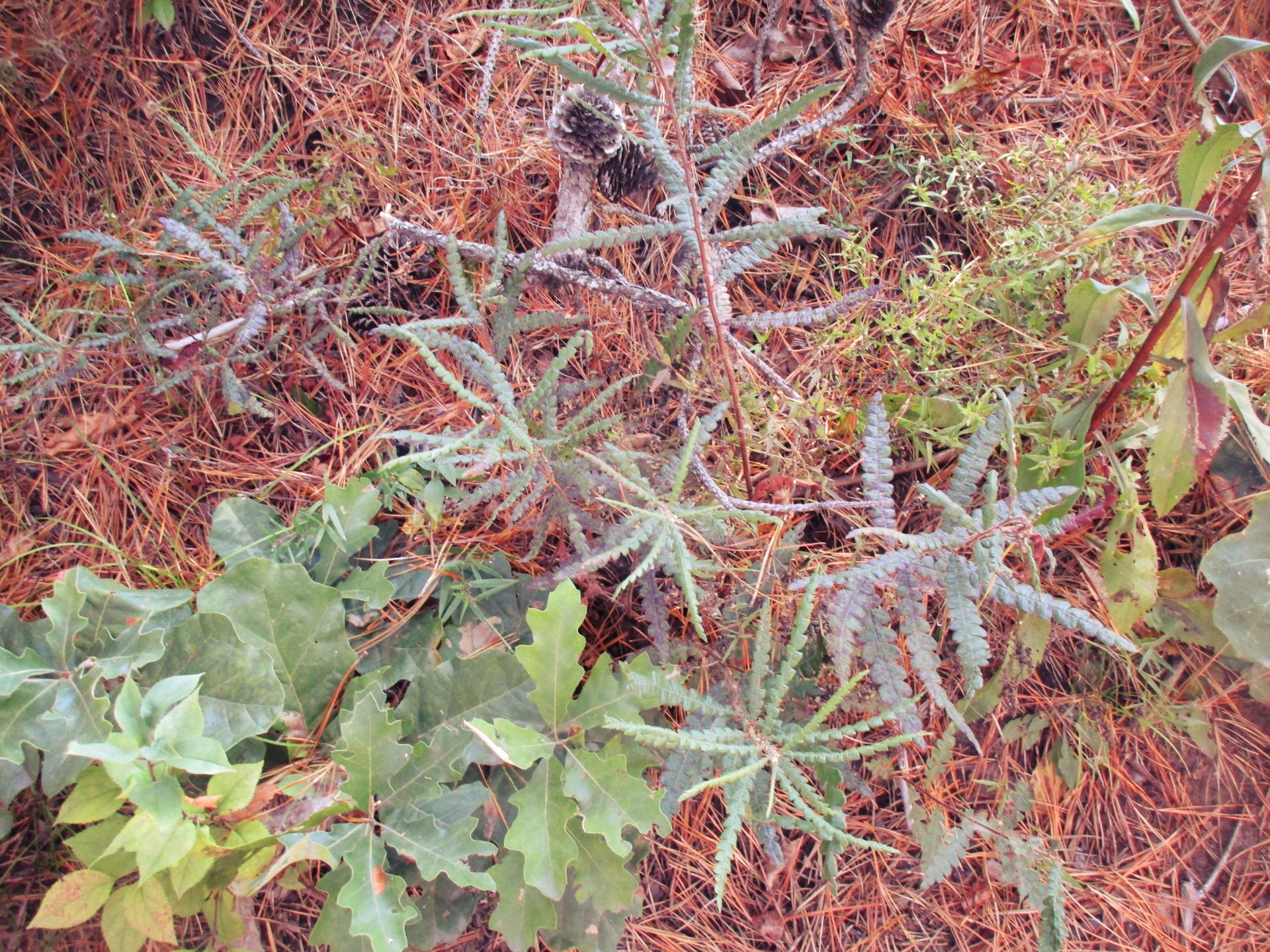by Tim Truscott
On April 25, the Bethlehem Town Board heard a proposal by a Kentucky-based firm called RST Technologies to develop a trash disposal facility in Glenmont on the tract of land along Route 144 between the Normans Kill and the PSEG electric generating facility. This site was formerly a dump for coal ash from the Niagara Mohawk generating station.
Though the waste disposal technology is called “gasification”, the process nevertheless burns garbage, as does incineration. The process is billed as being “green” and renewable because the heat generated by the process is used to heat water and produce steam which, in turn, generates electricity. Therefore, trash facilities of this nature are referred to as “waste-to-energy”, or WTE, facilities.
The proposed facility would bring in municipal solid waste (MSW or garbage) from out of the area by rail, barge and by truck to the site for processing.
Waste incineration plants, including those plants with the most modern state-of-the-art air pollution controls, create and release into the air we breathe types of chemical compounds known as dioxins and furons, as well as countless other toxic chemical compounds in the form of ultra-fine particles (particles measured in thousandths of millimeters). These toxic particles are too small to be filtered and are so small they easily pass through and defeat our body’s defense systems including our skin, our blood-brain barrier and placental barriers. Some of these toxic substances form compounds similar to human hormones that our bodily systems cannot recognize as foreign objects. Therefore, they can cause all kinds of bodily dysfunction such as lung diseases, cancers, heart diseases and birth defects in developing fetuses.
The proposed facility and its emissions would impact more than the immediate Glenmont section of the Town of Bethlehem. The site is within a short distance of Albany’s South End, which already experiences dirty air from industries at the Port of Albany, as well as a large volume of automobile and diesel truck exhaust traveling through that area on Interstate 787. The steep southbound grade of I-787 causes vehicles to emit even more exhaust than the northbound traffic, as they labor to travel up the hill.
At the same time, the emissions from the proposed garbage disposal facility would impact those communities on the east side of the Hudson River in southern Rensselaer County and northern Columbia County which are down-wind from Glenmont.
Besides the emissions of the facility itself, the emissions of the MSW during transport must be considered. The presenters mentioned the possibility of 100-car unit garbage trains. If these trains were to enter the site by way of the Delaware & Hudson Railway, they would likely spend time at the D&H Kenwood Yard in Albany’s South End, adjacent to low-income residential housing projects.
In addition to the negative environmental impacts of air emissions, WTE facilities negatively impact recycling and re-use efforts. WTE facilities are designed and constructed with a fairly fixed capacity and, therefore, a fixed demand for fuel. Since their fuel is garbage, there is not an opportunity to significantly reduce the amount of garbage that goes into them. In other words, they create a fixed demand for garbage and discourage recycling and re-use. Instead of recycling materials, such as plastic, paper and cardboard, these materials are sent up the smokestack, never to be available for use again. Why would we ever want to do that?
RST stated that they would need to have two local ordinances changed in order to develop the project: 1) There would need to be a change in Bethlehem’s ordinance prohibiting importation of solid waste into the town. 2) There would need to be a zoning change for the site.
It might take years to develop a project of this nature, much of which would involve getting the necessary permits from the New York State Department of Environmental Conservation. But once the permitting process for this kind of project gets started, it is a difficult, uphill fight to stop it. Especially in a political environment like Albany County’s which is ethically-challenged.
In order to fight a project of this nature in the approval process, project opponents will likely need to hire an attorney and, perhaps, ultimately sue the Town of Bethlehem. This is expensive, time-consuming and the outcome is not guaranteed.
RST is being represented by a very politically-connected Albany attorney, Peter Lynch. Lynch is so connected, in fact, that he is running for State Supreme Court Justice in Albany County.
The Town of Bethlehem, like most municipalities in New York State, is feeling a budgetary pinch. One rumor is that RST has offered Bethlehem a few dollars a ton of its tipping fee if it will approve the project. That offer could make Bethlehem’s budget problems go away temporarily, and it makes it difficult for project opponents to be effective.
The best time to work to defeat this project is now, before the Town of Bethlehem changes its ordinance banning importation of solid waste, and before there is a zoning change. To work to defeat the project at this point, what is needed is strong public pressure on the Bethlehem Town Board Members and the Supervisor.
Pressure can be applied by writing to Supervisor John Clarkson expressing disapproval and concern for the project, by writing to Town Board Members, by writing letters-to-the-editors of Bethlehem’s weekly newspaper, The Spotlight, as well as the Altamont Enterprise. Opposition can also be voiced during public comment periods at the beginning of Town Board meetings (the second and fourth Wednesday of the month beginning at 6:00 PM).
If you are willing to speak at Town Board meetings, I encourage you to prepare written comments beforehand so that your presentation is well organized and is understood by Town Board Members.
If you would like help with preparing comments or letters, please feel free to contact me at: empirestate@att.net
Published in August/September, 2012 Save the Pine Bush Newsletter
